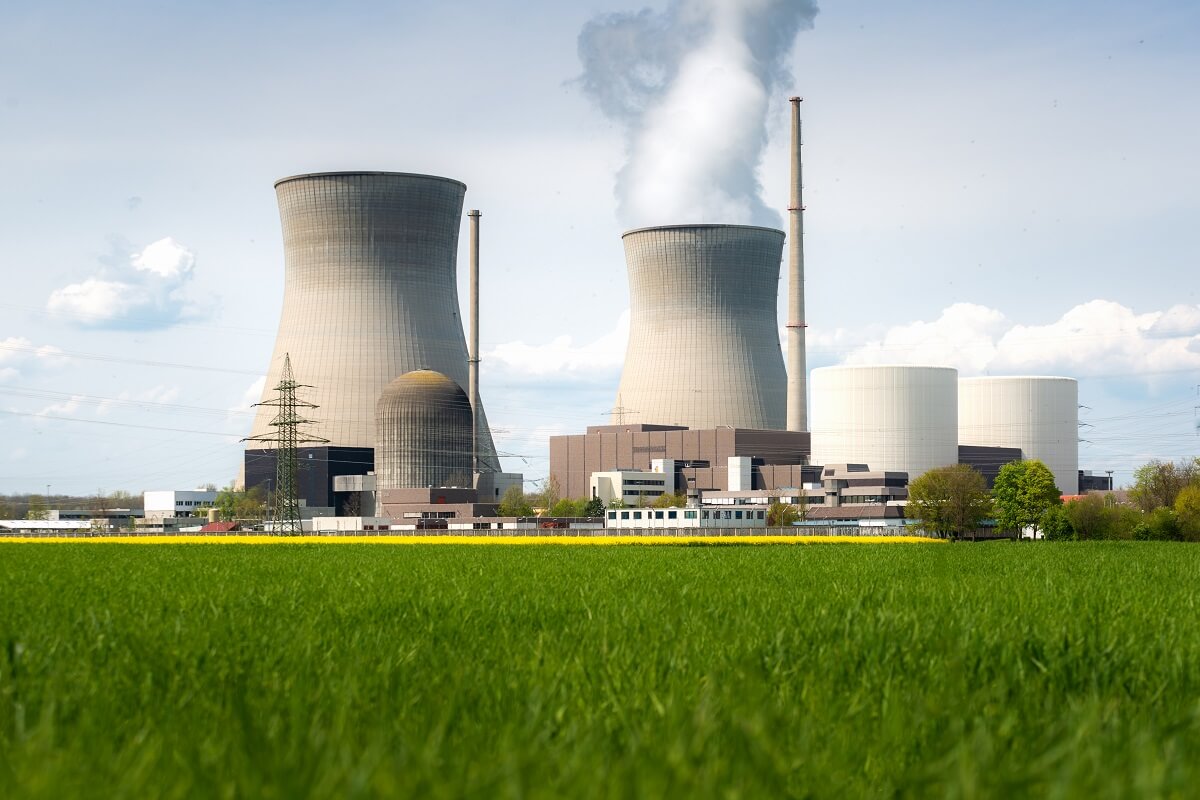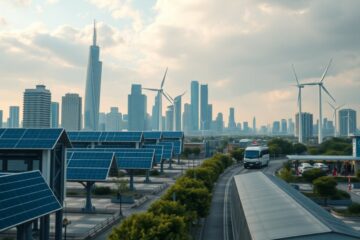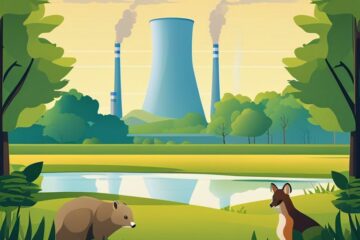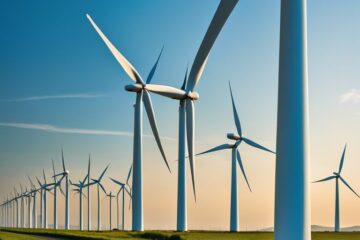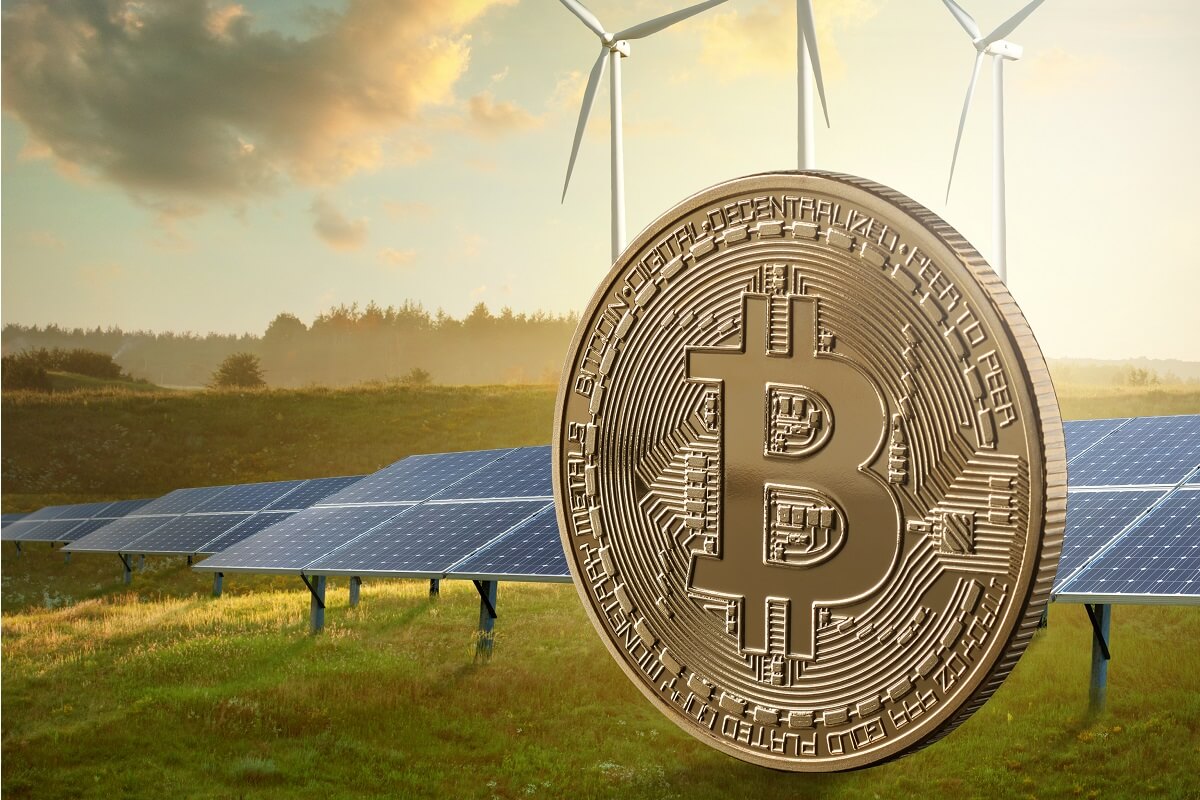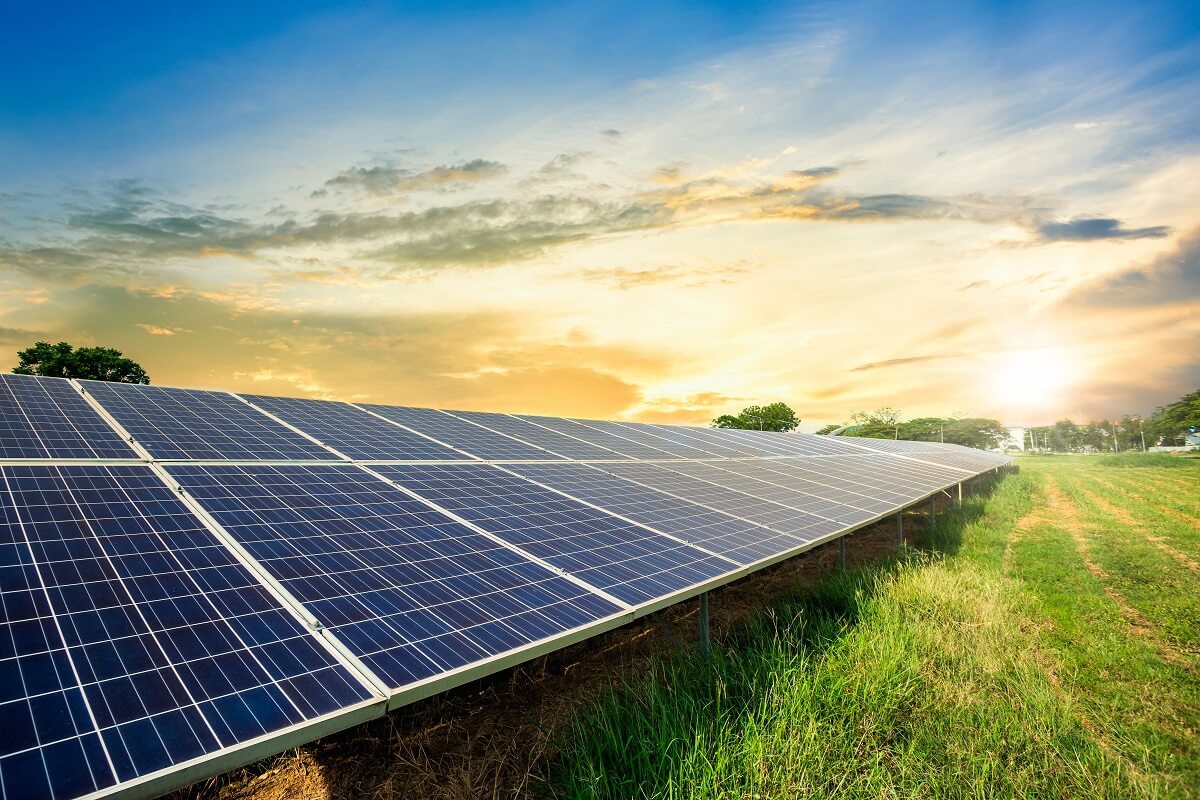Nuclear power plants are indicated by many specialists as a way to solve the problems with global warming. On the other hand, there are skeptical voices about the environmental threat posed by the operation of nuclear reactors. In fact, electricity is used by all of us. It is difficult to imagine life today without electricity. Are nuclear power plants the future? Are they environmentally safe? Find out in our article!
All over the world, electricity is considered the best form of final energy, that is energy reaching consumers. We need it just as much as we need oxygen to breathe or drink water. It is impossible to carry out professional activities, everyday household activities without using electricity. So is nuclear energy a good alternative to solar energy or wind energy? Is it just as safe for the environment?
Table of Contents
How does a nuclear power plant work?
A nuclear power plant is a power plant in which nuclear energy is released. Then thermal energy is released in the process of fission of atomic nuclei, e.g. uranium, plutonium, or thorium. As a result of further transformations, thermal energy is converted into electricity. Nuclear energy produces a significant amount of energy, but electricity without the need to use the still depleted natural fossil fuels such as coal, lignite or crude oil
What are the advantages of nuclear power plants?
Nuclear energy has many advantages. The most important ones include the lack of CO2 and dust emissions to the atmosphere during the operation of nuclear reactors. This makes them very safe for the environment. Unlike coal and gas power plants, nuclear power plants do not poison the air we breathe. In addition, nuclear power plants significantly reduce the need to extract various types of fossil fuels. This, in turn, translates into a reduction in environmental degradation.
Electricity prices are also competitive, thanks to lower operating costs resulting, inter alia, from low fuel cost. Nuclear power plants are also an ideal place to recycle waste.
Are nuclear power plants better than photovoltaics and wind farms?
Today, solar energy is mentioned most often as a synonym for clean energy. Wind energy produced by large wind turbines or home windmills is also very popular. Unfortunately, the operation of photovoltaic panels requires adequate insolation or meeting the appropriate technical conditions for the installation of photovoltaics (e.g. roof slope). It is similar to wind energy – it also requires appropriate weather conditions to produce the expected amount of energy.
Nuclear power plants are highly reliable. The operation of nuclear reactors is independent of weather conditions. Investments in photovoltaics or a home windmill can be realized by virtually all of us. The construction of a nuclear power plant is an investment on a national scale.
What are the disadvantages of nuclear power plants?
Nuclear power plants also have disadvantages. In this context, high investment costs are most often mentioned. Building a nuclear power plant takes several years and costs are in the millions. Another disadvantage may be the need to deposit radioactive waste. In addition, in the event of a failure, an ecological disaster may occur. Areas located even far away from the nuclear power plant itself can be contaminated. Today, technology is so advanced that it is hard to believe that a disaster such as the one in Chernobyl several decades ago could take place in nuclear reactors. It is also worth mentioning that nuclear power plants can be the target of acts of terrorism.
Are nuclear power plants safe for the environment?
Yes, nuclear power plants built and managed according to the latest standards are completely safe for the environment. All kinds of reactions take place inside the reactors, and no hazardous substances can get outside. Nuclear power plants do not make noise, do not emit harmful gases into the atmosphere, and also occupy a small area. The operation of nuclear reactors does not endanger the local inhabitants, animals, or vegetation. The only disadvantage of building nuclear power plants is the stereotypes that are still present in society.
What happens to waste from nuclear power plants?
Radioactive waste from nuclear power plants is stored in special chambers made of concrete. The thickness of the walls must meet certain standards, and the chambers themselves must be located deep underground. Preferably permanently isolated from the natural environment for many years. It is suggested that the waste should remain intact for at least 1000 years (half-life radioactive isotope waste).
decay). There is more and more mention of the possibility of sending radioactive waste into space. This would solve the problems of having to dispose of radioactive waste for hundreds of years.
Are nuclear power plants the future?
It is difficult to answer this question unequivocally. In the context of environmentally friendly solutions, photovoltaic panels are perceived as the best solution. It is worth considering, however, that much more energy can be produced in nuclear power plants. It may turn out that the production of panels themselves, their disposal, and operation may be, in total, a greater threat to the environment than modern nuclear power plants.

Our contributing author is a passionate advocate for eco-friendly living and sustainability. With a background in eco-life, they are dedicated to inspiring and empowering individuals to adopt environmentally conscious lifestyles. Through insightful articles, they share practical tips, innovative solutions, and thought-provoking perspectives to promote a greener, more sustainable world. Join them on the journey towards eco-smart living and discover how small choices can make a big impact. 🌱

